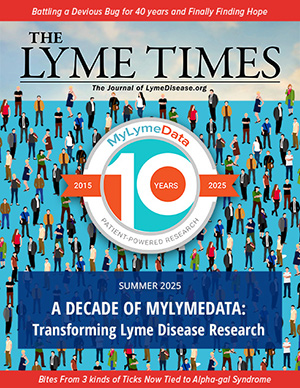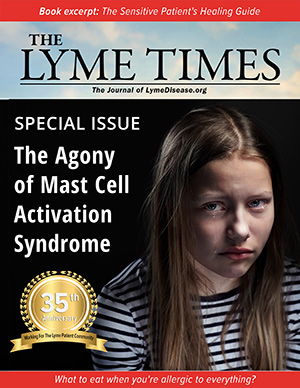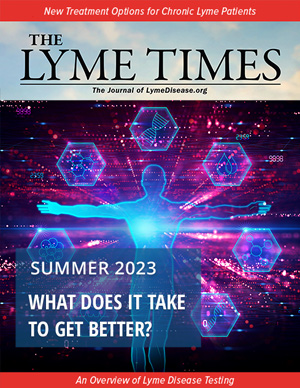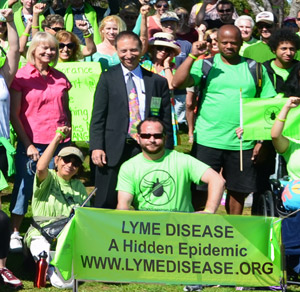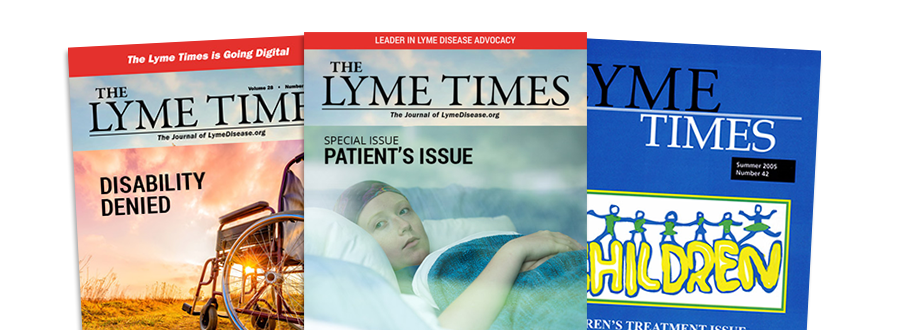L yme disease, a disease transmitted when deer ticks feed on infected animals like deer and rodents, and then bite humans, impacts nearly half a million individuals in the U.S. annually.
Even in acute cases, Lyme can be devastating; but early treatment with antibiotics can prevent chronic symptoms like heart and neurological problems and arthritis from developing.
Scientists from Northwestern University have identified that piperacillin, an antibiotic in the same class as penicillin, effectively cured mice of Lyme disease at 100-times less than the effective dose of doxycycline, the current gold standard treatment.
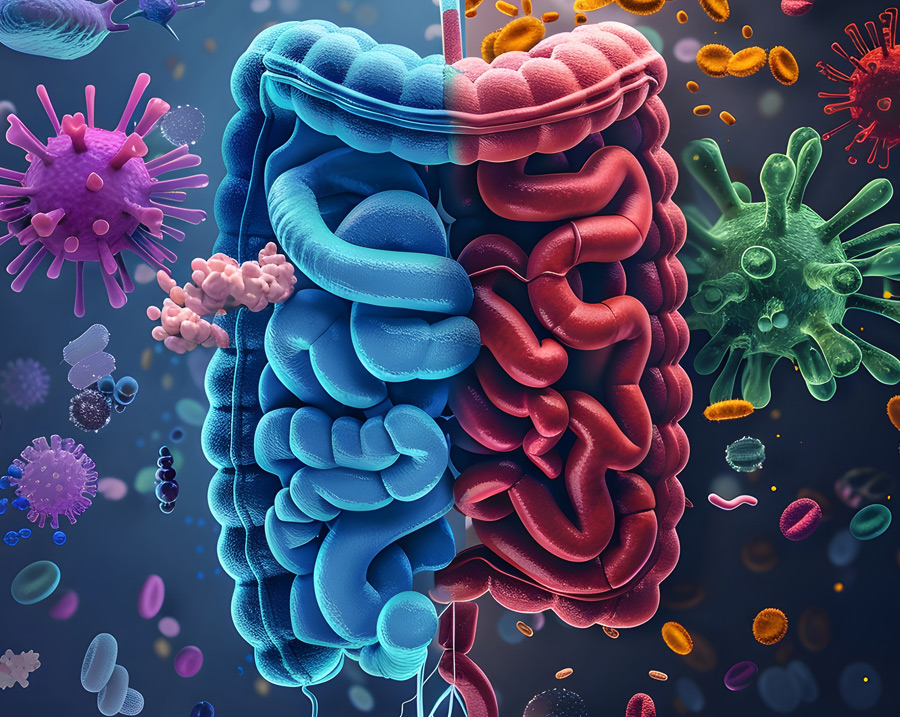 At such a low dose, piperacillin also had the added benefit of “having virtually no impact on resident gut microbes,” according to the study, in the journal Science Translational Medicine.
At such a low dose, piperacillin also had the added benefit of “having virtually no impact on resident gut microbes,” according to the study, in the journal Science Translational Medicine.
Doxycycline and other generic antibiotics, on the other hand, wreak havoc on the microbiome, killing beneficial bacteria in the gut and causing troubling side effects even as it kills the Borrelia bacteria that causes Lyme.
In addition to its negative impact on the gut, doxycycline also fails to help between 10 and 20% of individuals who take it, and it is not approved for use in young children — who are at the highest risk of tick bites, and therefore, of developing Lyme……..Join or login below to continue reading.



